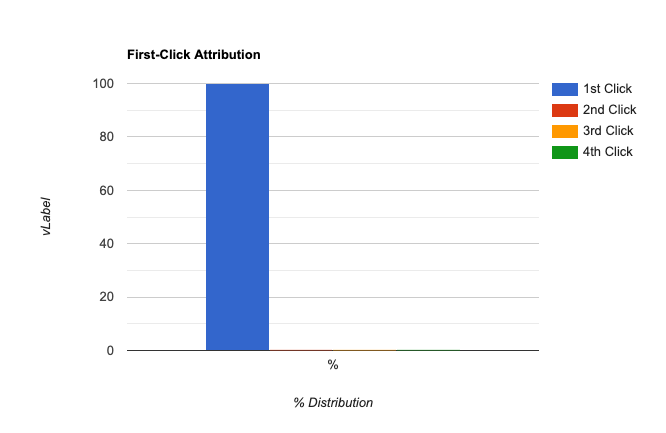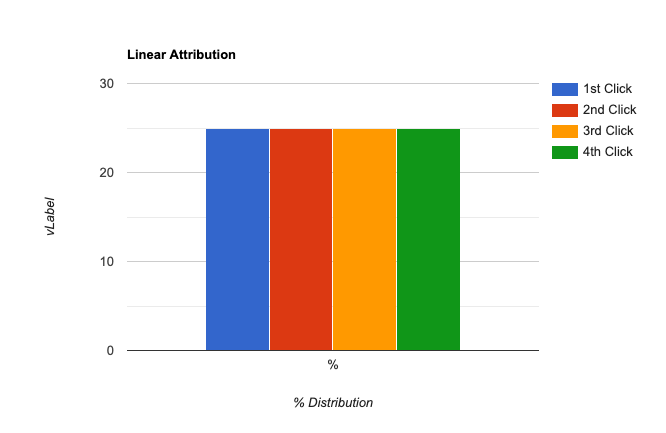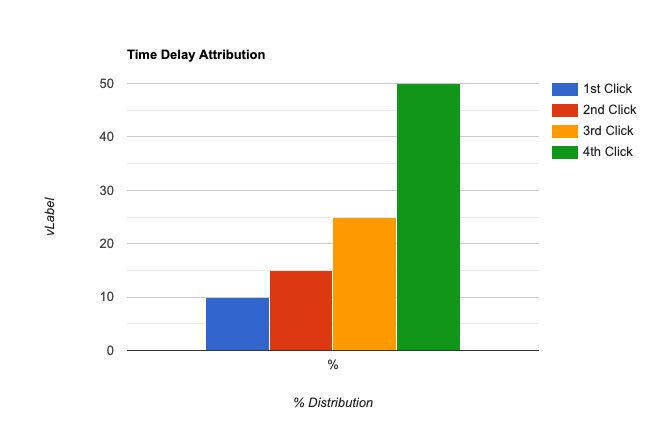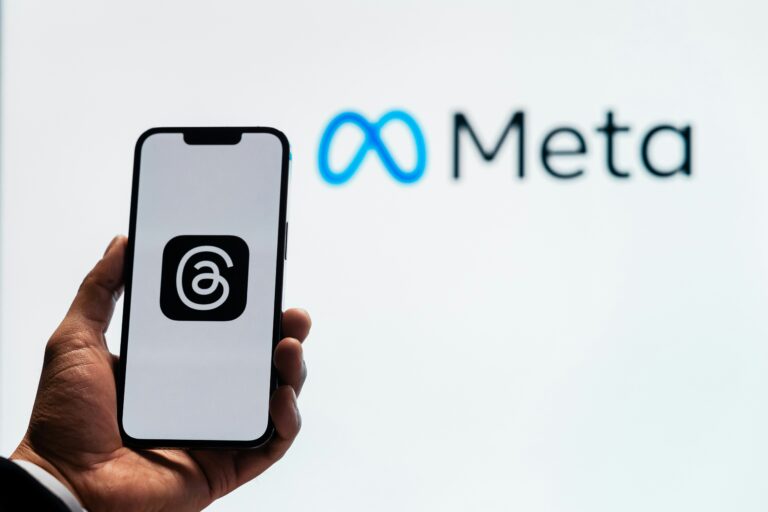Google makes adjustments to its algorithms at least once, if not several times a day. But how often do they make adjustments or upgrades to their most important source of cash, Google Ads?
The frequency might surprise you, but Google is always looking to make sure that the ads delivered to users of its search engine continue to have the best experience possible.
If you’re looking for ways that Google has been improving both the advertiser’s and the user’s experience, here are some of the most recent updates that are worth special attention.
Attribution Models Now Support YouTube and Display Ads
When it comes to the buyer’s journey, many people who are conducting searches will interact with many different types of ads from the same or multiple advertisers.

The journey may even look like this: say a potential buyer is looking for a new washer and dryer. He sees multiple YouTube ads from different companies, reads customer reviews on competitor websites, and then ultimately uses Google to search for brand names or features of specific appliance sets that he likes.
In that last step, they’re more than likely going to click on a display ad or text ad through Google’s SERP (search engine results pages) or on the partner display network.
Google Ads could not attribute the impact of other ads that were a part of the same campaign until August 9th, when they upgraded non-last click models, including data-driven automation, for YouTube and Display ads.
Now an advertiser will see how much of an impact each channel within their campaign is.
The new model will even measure how many engaged views a YouTube advertisement gets, which helps marketers understand how long potential buyers are paying attention to their video.
Using Data-Driven Attribution with Google Ads to Improve Conversion
Okay, YouTube and Display ads can show their full impact with this new upgrade. So what? How does that make the advertiser’s life better?
For the advertiser, this will show more data points within the attribution models, which allows them to see which ads have been the most effective throughout the campaign.
It also means that automated or manual bidding strategies can help drive additional conversions at the same cost per acquisition (CPA) compared to the last click when coming from those sources.
But what about the user?
With any Google ad, the user is the single most important person. Google will even deliver better-performing ads at a CPA less than their competitors to ensure that searchers will have the best experience.
Enabling attribution for YouTube and partner Display ads means advertisers can make even more adjustments to their campaigns, showing less of what isn’t being interacted with and more of what users are looking for before completing a purchase.
To deliver a better experience, Display ads or YouTube videos with poor engagement will be shown less often.
Compare Attribution Models to Increase Conversions
Now that an advertiser can see all the different attributions from YouTube and Display, they’ll also be able to compare which attribution models will have the best success for their campaign.

The “Model comparison” report looks at the return on ad spend and how each model’s cost per conversion is different.
That way, they should easily understand which of the pieces of their campaigns will have the most significant impact on their conversions.
Which Attribution Model Is Right for Me?
There are a handful of attribution models: last-click, first-click, linear, time decay, position-based, and data-driven.
Last-click
This attribution model gives all the credit for a conversion to the last advertisement clicked.
Considering this method was one of the very first attribution models available to marketers, it’s no surprise that many companies still use it.
The most significant problem with last-click is that it doesn’t give marketers a great understanding of their customers.
Most of the time, people who make purchases don’t base their decision only on the last touchpoint of the campaign, so giving credit to only the last clicked channel can be misleading.
This attribution model could be appropriate for commodities like laundry soap or a toilet bowl cleaner with very low involvement in the buying decision.

First-click
Opposite of the last-click attribution model, the first-click model gives the first point of engagement all of the credit for the conversion.
Identifying that point is essential if a company wants to determine what method or strategy drives the most new customers.

Linear
This is where all of the attribution credit for a conversion is evenly throughout the entire campaign.
If multiple channels are pulling in conversions, this is a great model to look holistically at all channels simultaneously.
Over time, a marketer will see trends as to which channels are converting the most successfully.

Time Decay
Most marketers are really interested in conversions. So it’s vital to know which channels are delivering the most conversions regularly.
Time decay is helpful because it increases the credit given to each channel, which drives a customer closer to the actual conversion.
It’s an excellent method to understand which channels are driving conversions and which are, more often than not, top-of-funnel channels.

Position-Based
A campaign is launched that gets users from Google Ads onto a landing page. They go through the landing page to download an eBook. In exchange for the eBook, the user gives up their email address, which is added to a drip campaign. Miraculously, they convert on the first email sent.
This particular model gives partial credit to each of the points between the first and last clicks but gives most of the credit to the first and last points of the campaign.

Data-Driven
Now for the mother load: the data-driven attribution model.
With all the other models, there have been weights set for individual channels that aren’t necessarily showing which of those attributions are having the most impact on conversions.
That’s where the data-driven model comes in.
Using technical algorithms and weighted credit, this model gives credit to the channels that are driving the most success in getting conversions.
Data-driven attribution is the most effective model in identifying which channels are a waste of time or are driving conversions and increasing ROI.

Advertise Online With Pintler Group
Pintler Group is based in Missoula, Montana. We’re a performance-based marketing shop with expertise in paid search, paid social, email marketing management and retargeting. Our superpower is designing customer marketing solutions for mid-size clients looking to grow.







